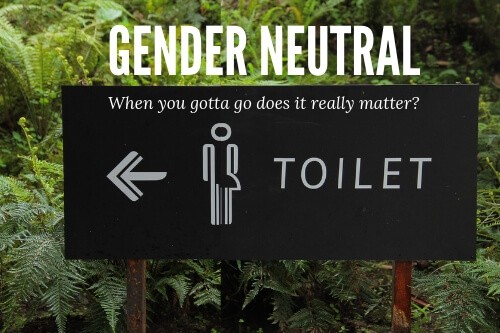
YouTube / iTunes / Spotify / Radio Public / Pocket Casts / Google Podcasts / Breaker / Overcast
Listen to ArtisanEnglish.jp posts & lesson intros here.
WotD: Gender-Neutral
The English language contains many gender-specific words which are not gender-neutral.
Before I go any further, I want to explain that a gender-neutral word relates to humans or people in general, not only to males or females.
A primary example is using the term ‘police officer’ instead of the gender-specific ‘policeman’ or ‘policewoman.’
The usage of these gender-specific words is becoming increasingly unacceptable in everyday speech.
As a result, English is gradually changing, and therefore, how English teaching is adapting to these changes.
The English-speaking world used to be made up of patriarchal or male-dominated societies.
This, too, is changing as the understanding that both men and women should and must be treated equally.
For example, many Japanese still use the word ‘housewife’ when speaking English.
Many native English speakers find this term offensive because it implies that only women remain at home to care for children.
What about men?
Some men stay home.
Therefore, the appropriate term is ‘homemaker’ or ‘primary childcare provider.’
Other words such as ‘mankind,’ ‘freshman,’ or ‘man-made’ should be replaced with ‘humankind,’ ‘first-year student,’ and ‘machine-made.’
Although this may sound foolish or too picky to some Japanese, it’s not trivial in English-speaking societies.
They are part of an essential modernization of the language and culture.
The idea of English being gender-neutral does not stop at equality for men and women.
It must also include the LGBTQ (Lesbian, Gay, Bisexual, Transexual, Queer) community.
This is where there has been a lot of recent debate.
English has tended to use the pronoun ‘he’ when speaking about a person whose gender is not specified or unknown.
Also, when speaking to people and not knowing which gender they identify with, English speakers tend to use their visual appearance as a clue as to what pronoun to use.
A person who appears as a man receives the male pronoun.
What if that person identifies as a female?
They will be offended by the masculine pronoun used to refer to them.
As a result, the gender-neutral pronouns ‘xe,’ ‘ze,’ and ‘hir’ are being used by the LGBTQ community.
It is important to remember that it’s best to choose a gender-neutral word when you can.
This aspect of the English language is still developing.
Respect the rights and wishes of others, and ask questions if you are confused.
Flesch-Kincaid Readability Test
This post is understandable by someone with at least a 9th-grade education (age 15).
On the Flesch-Kincaid reading-ease test, this post scores 55.
The easier a passage is to read, the higher the score on a scale of 0 – 100.

